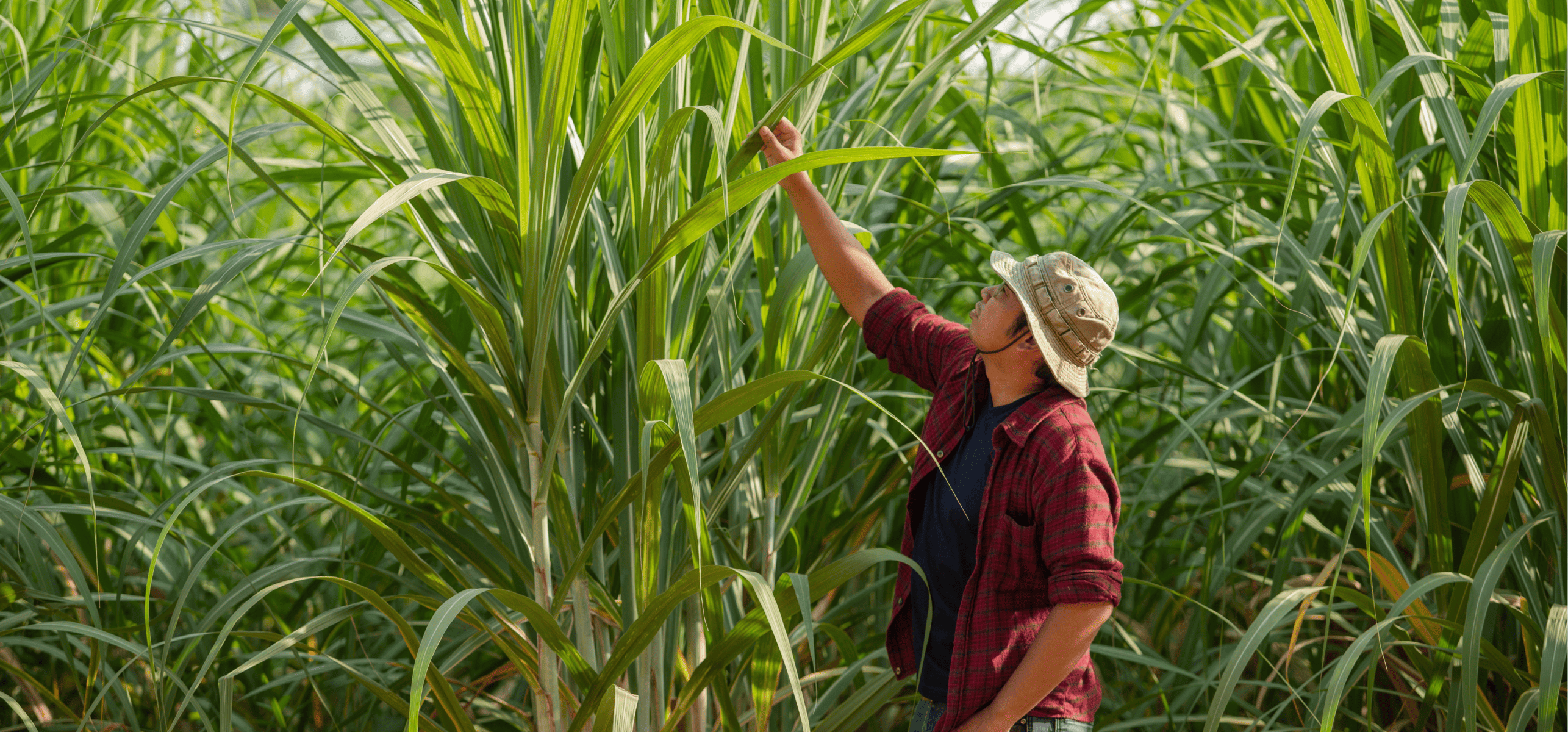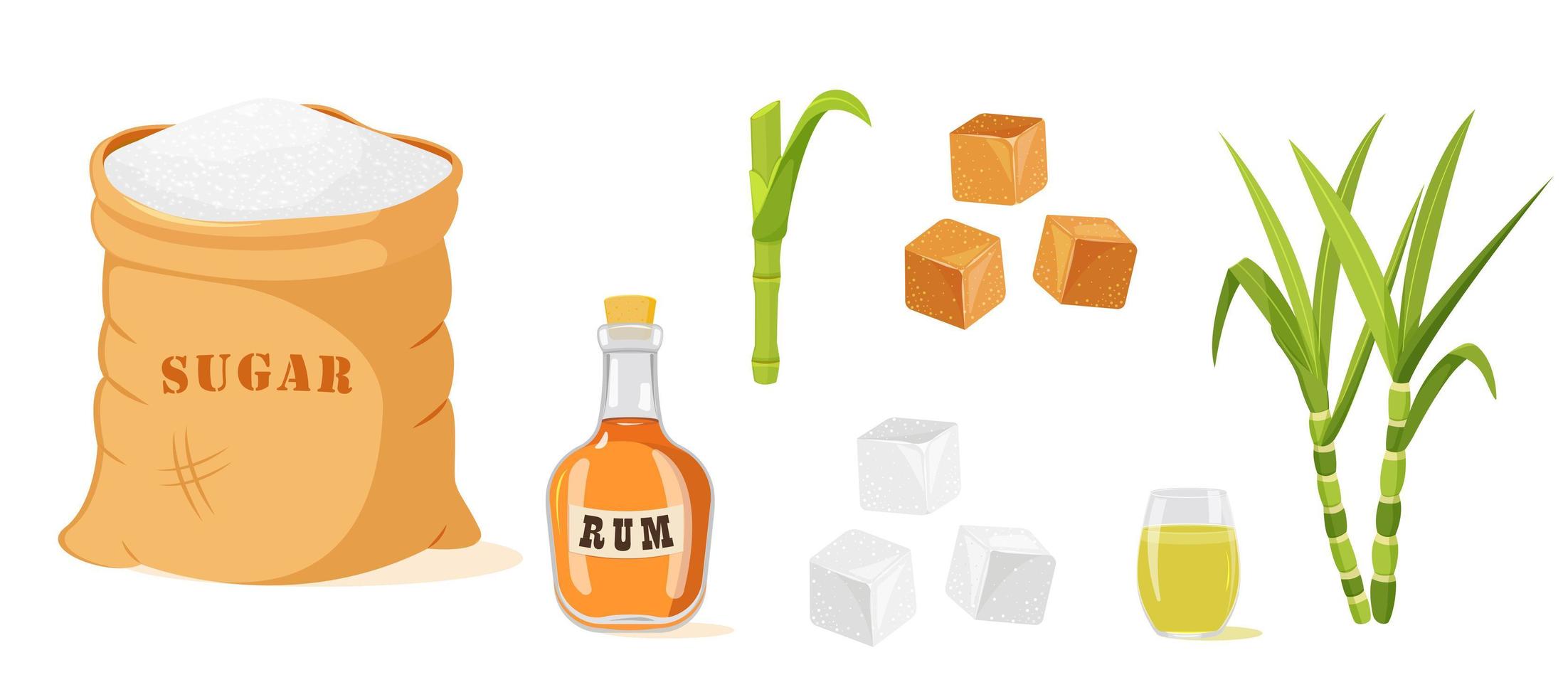The Journey of Sugarcane: From Harvest to Everyday Products
The journey of sugarcane is a multifaceted process that begins with careful cultivation and finishes in a selection of items that permeate our every day lives. From the moment the walking canes are collected at their peak sucrose levels, they undertake a collection of complex steps, including cleaning, crushing, and information. These processes not only produce sugar however also unlock a variety of spin-offs, such as ethanol and naturally degradable packaging materials. As we discover the different facets of sugarcane's trip, its function in sustainability and the broader effects for our atmosphere entered sharper focus. What exists beyond the pleasant surface?
Farming of Sugarcane
The growing of sugarcane is a crucial farming process that calls for particular ecological conditions and management techniques. Optimal development occurs in exotic and subtropical regions where temperature levels vary between 20 ° C and 32 ° C. Adequate rains or irrigation is necessary, as sugarcane thrives in damp dirt with well-drained conditions (sugarcane product). Soil quality substantially influences yield; therefore, farmers often carry out dirt examinations to identify nutrient needs
Planting normally takes place in rows, utilizing stem cuttings called setts, which are grown flat. This method assists in efficient harvesting and makes best use of sunlight exposure. Crop turning and intercropping are advised techniques to enhance dirt fertility and lower parasite infestations. Furthermore, farmers utilize incorporated pest monitoring methods to minimize chemical inputs while guaranteeing healthy crop advancement.
Fertilization is one more crucial aspect, with potassium, nitrogen, and phosphorus being the main nutrients required for optimal growth. Prompt application of these fertilizers can substantially enhance sugar yields. Additionally, monitoring for conditions and bugs throughout the growing season is essential, as these factors can detrimentally impact crop health and performance. Generally, successful sugarcane farming depends upon a combination of ecological stewardship, tactical planning, and continuous management practices.
Collecting Techniques
Effective sugarcane cultivation finishes in the harvesting phase, which is pivotal for maximizing yield and ensuring high quality. The timing of the harvest is crucial; sugarcane is normally harvested when sucrose degrees optimal, typically in between 10 to 18 months after planting. This period differs based on climate, dirt kind, and sugarcane variety.
Gathering strategies can be broadly classified right into manual and mechanical techniques. Hand-operated harvesting is labor-intensive, depending on proficient employees who utilize machetes to reduce the stalks short. This method permits careful harvesting, where just the ripest canes are chosen, thus boosting total sugar content.
Conversely, mechanical harvesting has gotten appeal as a result of its efficiency and cost-effectiveness. Specialized harvesters geared up with reducing blades and conveyor systems can refine huge locations quickly, significantly lowering labor prices. However, this approach may result in the addition of immature walking sticks and a prospective reduction in sugar high quality.

No matter of the approach utilized, making sure that gathered canes are transferred rapidly to refining centers is vital. Trigger dealing with minimizes perishing and maintains the stability go to my site of the sugarcane, setting the phase for ideal processing.
Handling Approaches
Handling sugarcane includes numerous crucial actions that transform the gathered stalks right into useful products, mainly sugar and molasses. The preliminary phase is cleaning the walking cane to get rid of soil and particles, followed by the extraction of juice with crushing or milling. This procedure normally utilizes hefty rollers that break the cane fibers to launch the sweet fluid included within.
As soon as the juice is drawn out, it undergoes explanation, where impurities such as dirt particles and bagasse are gotten rid of. This is typically achieved by including lime and heating the juice, enabling sedimentation. The made clear juice is then focused through evaporation, where water web content is reduced, causing a thick syrup.

Eventually, the handling of sugarcane not just produces sugar and molasses however additionally lays the groundwork for different by-products, which will certainly be explored in subsequent conversations.
Products Derived From Sugarcane
Sugarcane is a functional crop that yields a large selection of products beyond just sugar and molasses. Among the main byproducts are ethanol and biofuels, which have acquired importance as eco-friendly power resources. Ethanol, produced through the fermentation of sugarcane juice, works as an alternate to fossil gas and is often blended with gas to produce cleaner-burning gas, minimizing greenhouse gas exhausts.
In addition, sugarcane is a significant source of bagasse, the fibrous residue remaining after juice extraction. Bagasse is utilized in various applications, consisting of the manufacturing of paper, eco-friendly product packaging, and as a biomass gas for power generation. Its usage not just minimizes waste however likewise improves the sustainability of sugarcane handling.
Moreover, sugarcane-derived products extend to the food industry, where it offers as an all-natural flavoring agent and sugar in numerous culinary applications. In the realm of cosmetics, sugarcane removes are included into skincare items because of their natural exfoliating properties.
Environmental Impact and Sustainability
The growing and handling of sugarcane have considerable implications for environmental sustainability. This plant needs substantial water sources, usually causing depletion of neighborhood water materials and affecting bordering environments. Additionally, making use of fertilizers and chemicals in sugarcane farming can lead to dirt deterioration and river contamination, posing threats to biodiversity.

Lasting sugarcane farming additionally promotes soil wellness through you could try these out crop turning and lowered tillage, improving carbon sequestration. The fostering of these techniques not only supports ecological honesty yet also enhances the strength of farming areas against climate modification.
Final Thought
In recap, the trip of sugarcane encompasses various stages from growing to handling, inevitably resulting in a wide range of products. The relevance of sugarcane expands past plain sugar, adding to renewable energy through ethanol production, sustainable packaging through bagasse, and natural essences for cosmetics. This complex plant plays an essential role in both dietary enrichment and environmental sustainability, highlighting its significance in contemporary agricultural and industrial practices.
Successful sugarcane cultivation finishes in the collecting stage, which is crucial for maximizing return and making certain top quality. The timing of the harvest is critical; sugarcane is typically collected when sucrose degrees optimal, normally in between 10 to 18 months after planting.Processing sugarcane entails numerous important actions that change the collected stalks right into functional products, primarily sugar and molasses.Sugarcane is a functional plant that produces a wide array of items beyond just sugar and molasses. In addition, the usage of fertilizers and chemicals in sugarcane farming can result in dirt deterioration and river air pollution, presenting risks to biodiversity.